Optimal Timing for Waterproofing Applications
Waterproofing is a critical process for protecting structures from water intrusion and damage. The timing of waterproofing applications can significantly influence their effectiveness and longevity. Proper scheduling ensures that materials adhere correctly and that environmental conditions support optimal curing and performance.
Spring offers moderate temperatures and lower humidity levels, making it an ideal time for waterproofing projects. This season allows sufficient curing time before summer heat or winter cold.
Summer provides warm weather and longer daylight hours, facilitating quicker application and drying times. However, high temperatures and humidity can affect certain waterproofing materials.
Fall is suitable for waterproofing as temperatures are cooler, reducing the risk of rapid drying or cracking. It also prepares structures for winter conditions.
Winter is generally not recommended due to freezing temperatures and increased moisture levels, which can hinder proper application and curing.

Ways to make Waterproofings work in tight or awkward layouts.
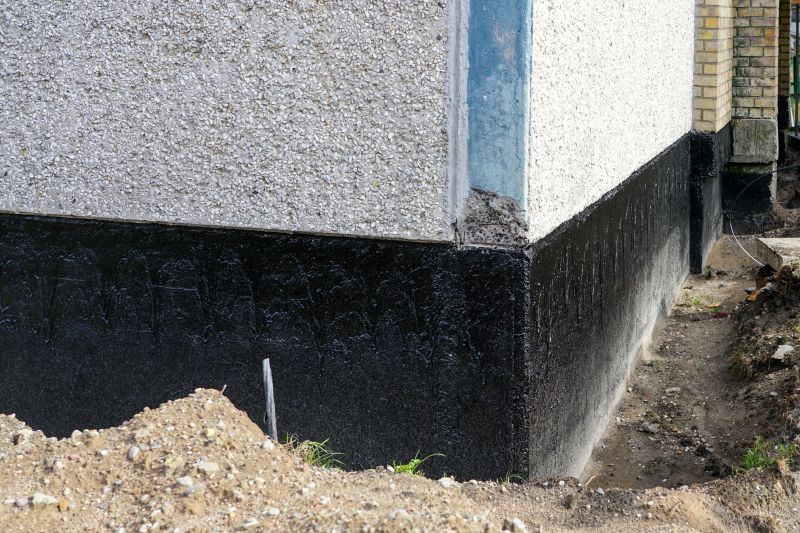
Popular materials for Waterproofings and why they hold up over time.
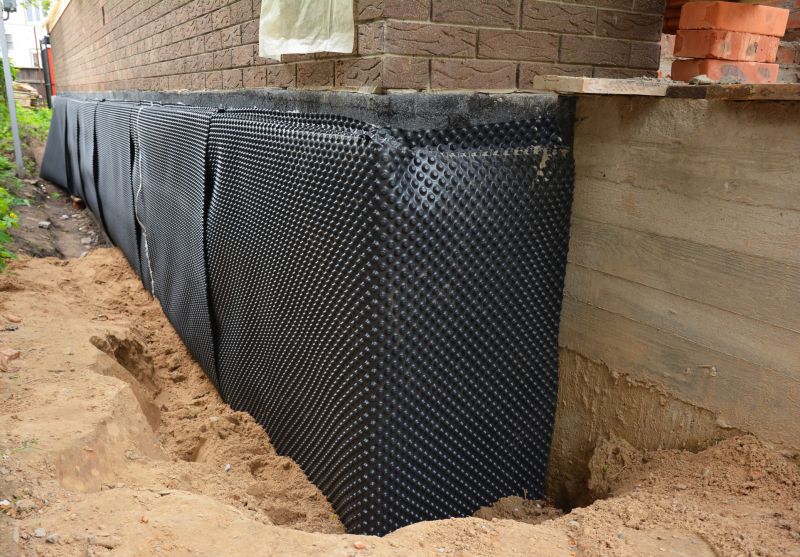
Simple add-ons that improve Waterproofings without blowing the budget.
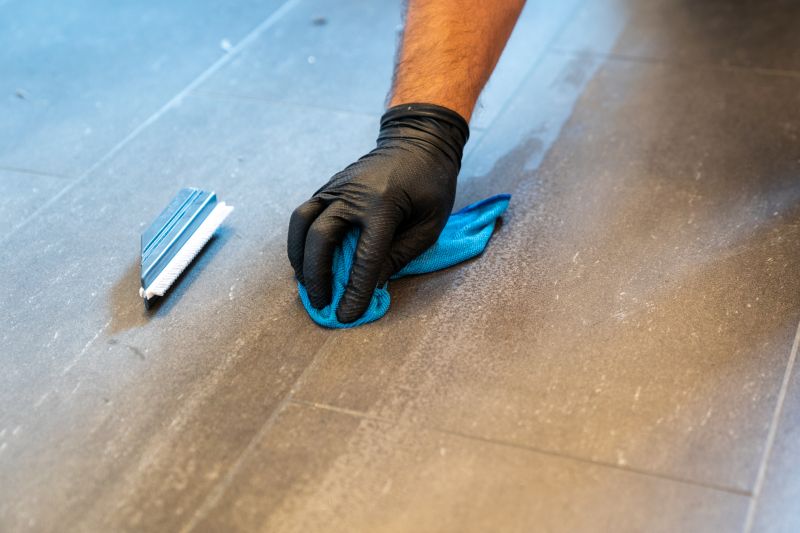
High-end options that actually feel worth it for Waterproofings.
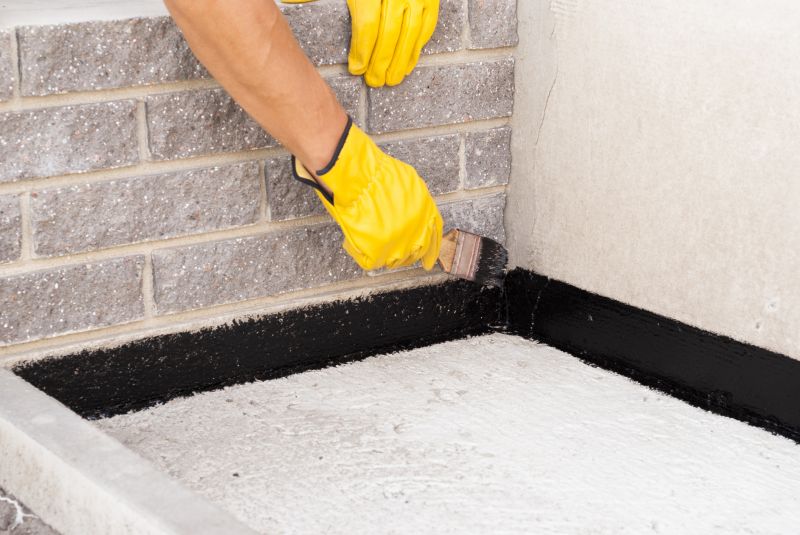
Finishes and colors that play nicely with Waterproofings.
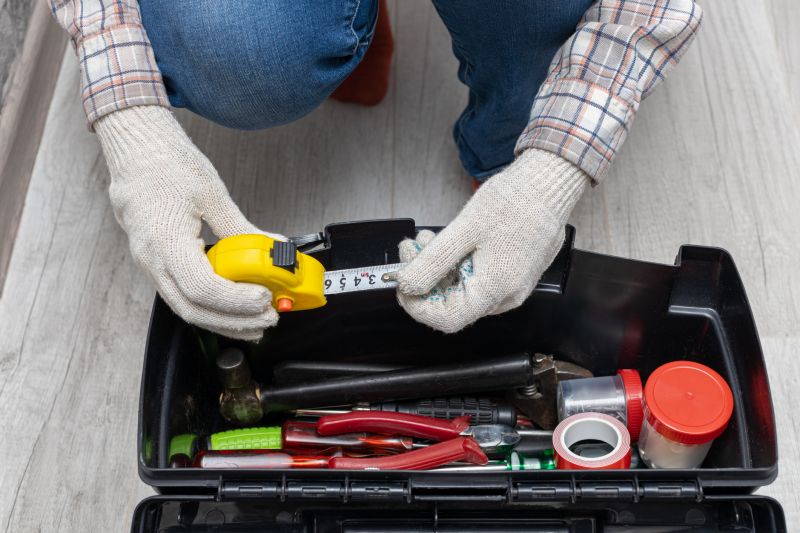
Little measurements that prevent headaches on Waterproofings day.

A 60-second routine that keeps Waterproofings looking new.

A frequent mistake in Waterproofings and how to dodge it.
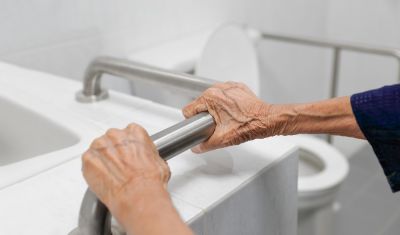
Small tweaks to make Waterproofings safer and easier to use.
| Season | Recommended Conditions |
|---|---|
| Spring | Moderate temperatures, low humidity, ideal for curing |
| Summer | Warm weather, longer days, watch for high humidity |
| Fall | Cooler temperatures, prepares for winter |
| Winter | Freezing temperatures, generally unsuitable |
Waterproofings involve applying specialized barriers to prevent water penetration in foundations, roofs, and other structures. These systems are crucial for maintaining structural integrity, preventing mold growth, and avoiding costly repairs. Modern waterproofing materials include liquid membranes, sheet membranes, and sealants, each suited for specific applications and conditions. Proper timing and environmental considerations are essential to maximize the effectiveness of these systems.
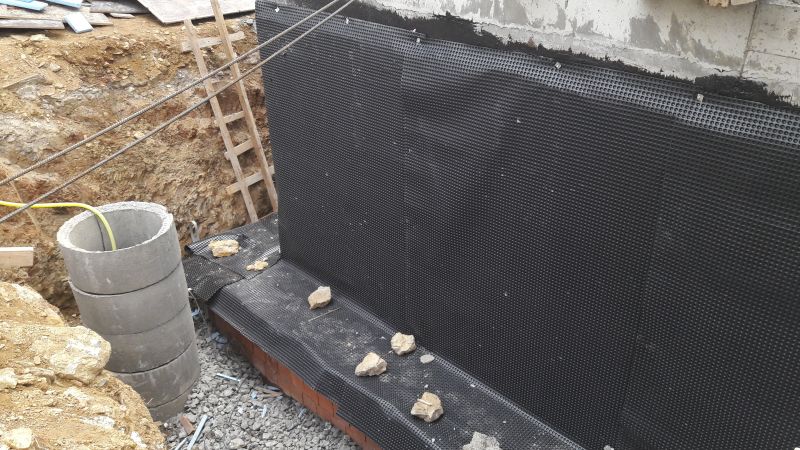
Lower-waste or water-saving choices for Waterproofings.
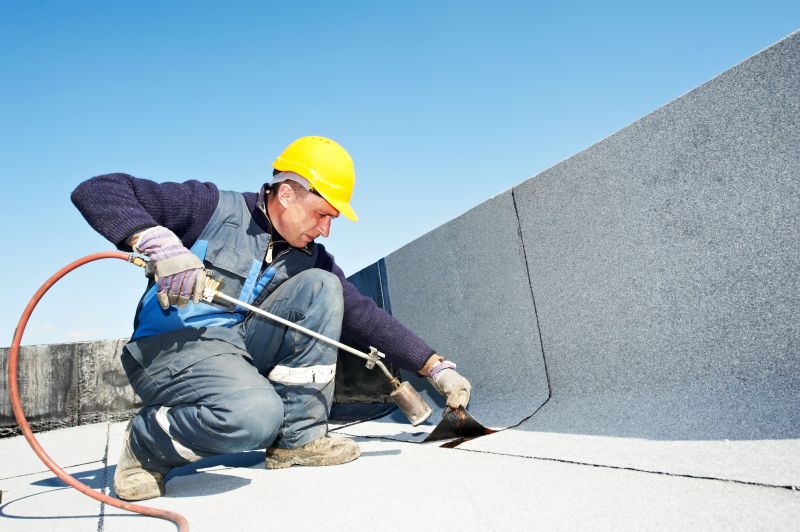
The short, realistic tool list for quality Waterproofings.

Rough timing from prep to clean-up for Waterproofings.
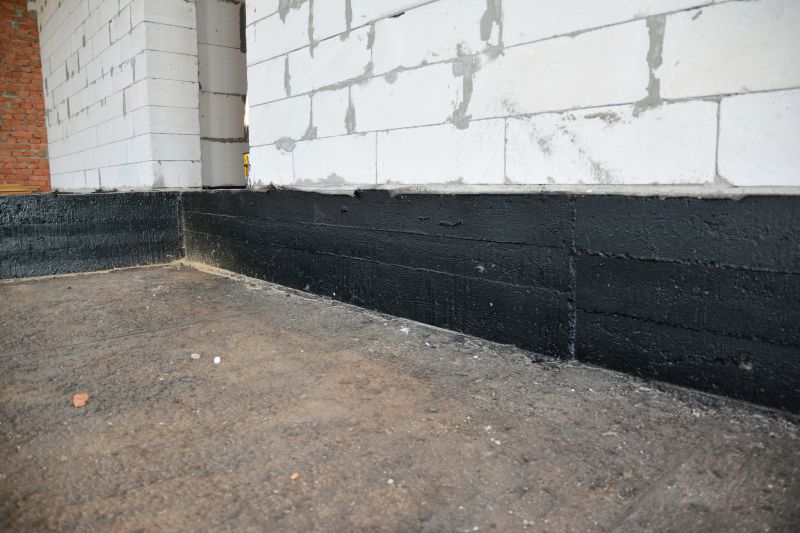
Quick checks and paperwork to keep after Waterproofings.
Interested in waterproofing services? Filling out the contact form provides an opportunity to discuss project needs and scheduling options. Proper application during the right season ensures long-lasting protection against water intrusion and structural damage.

